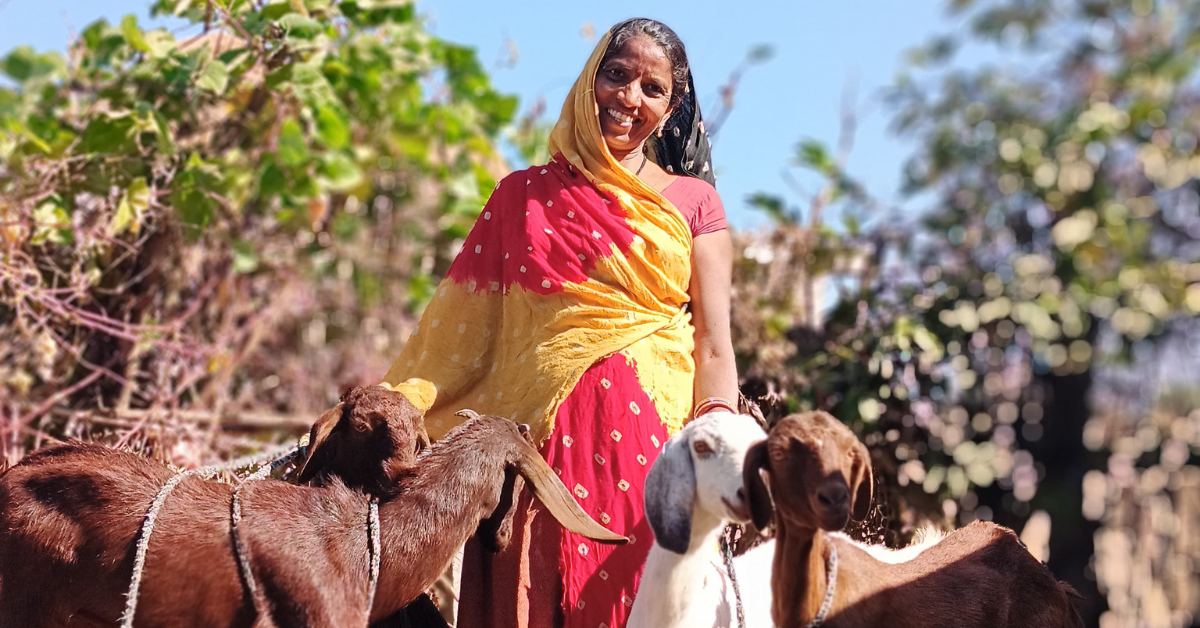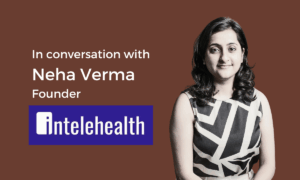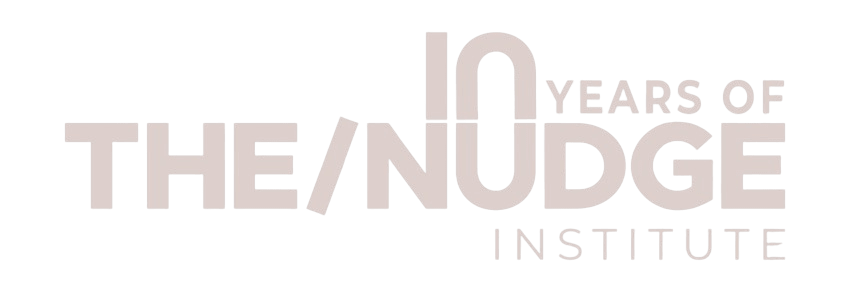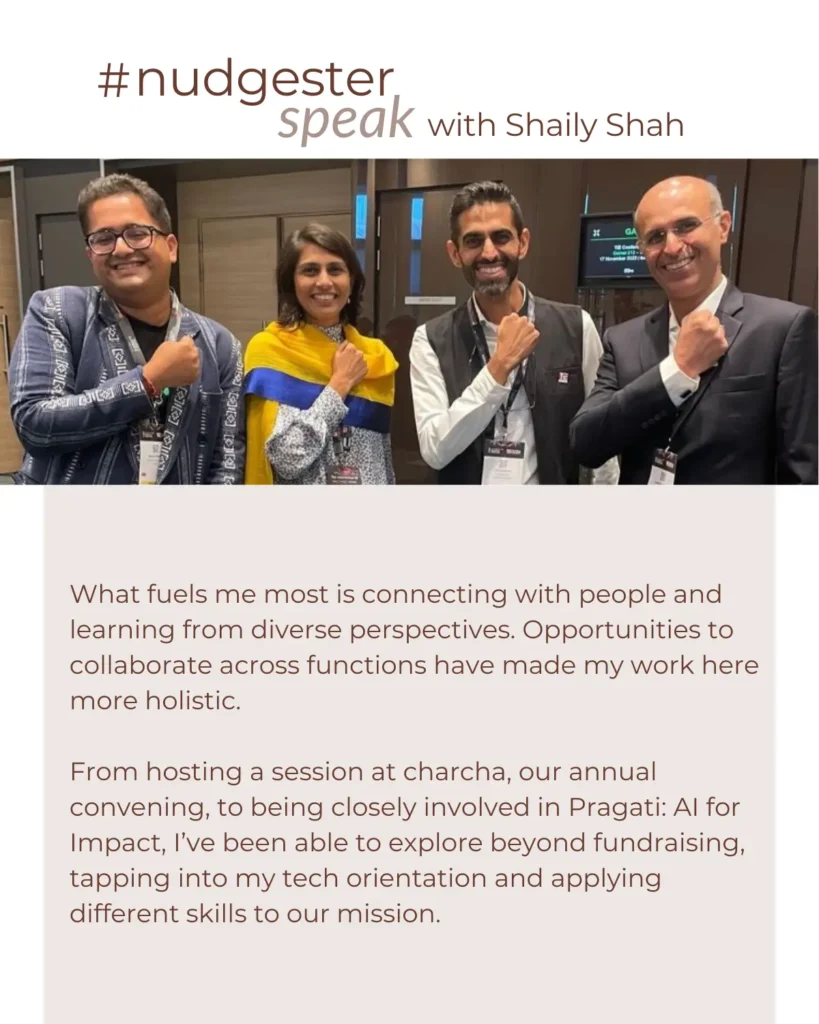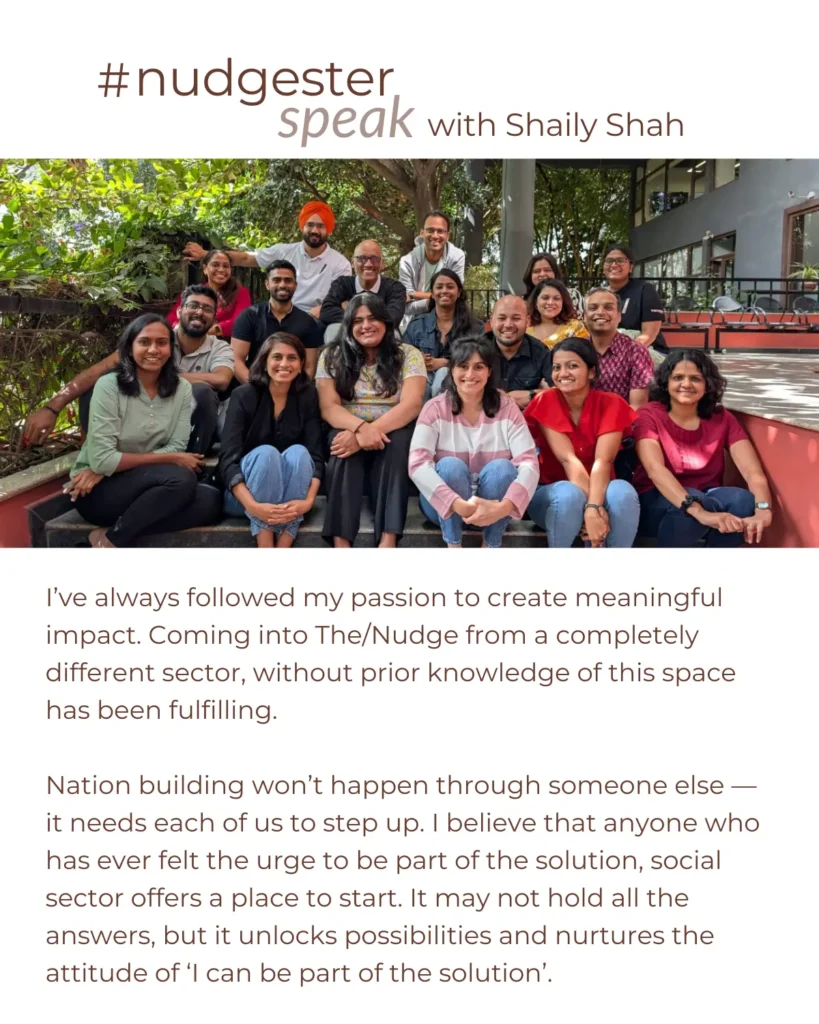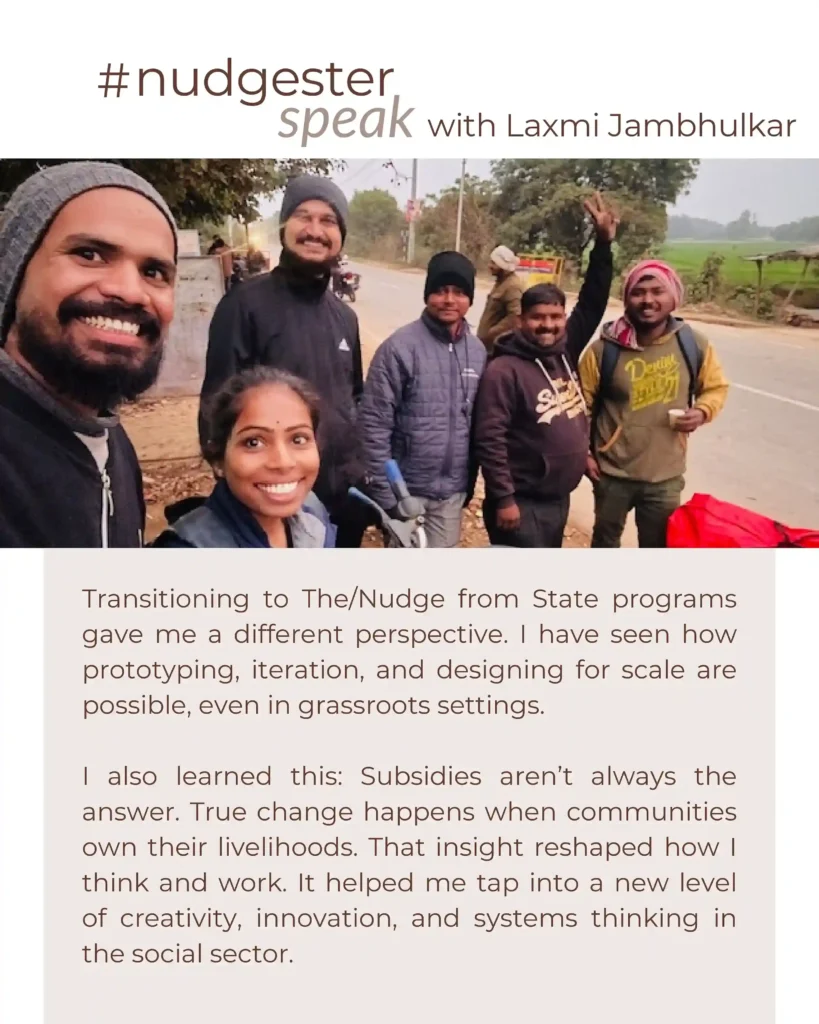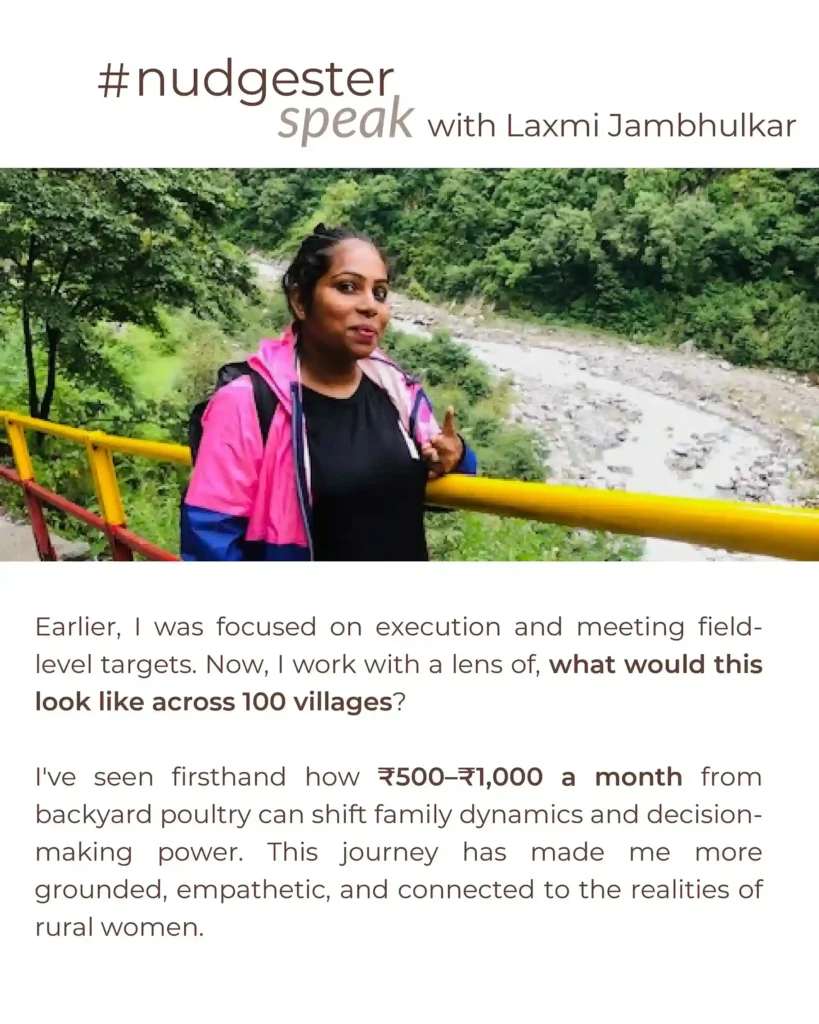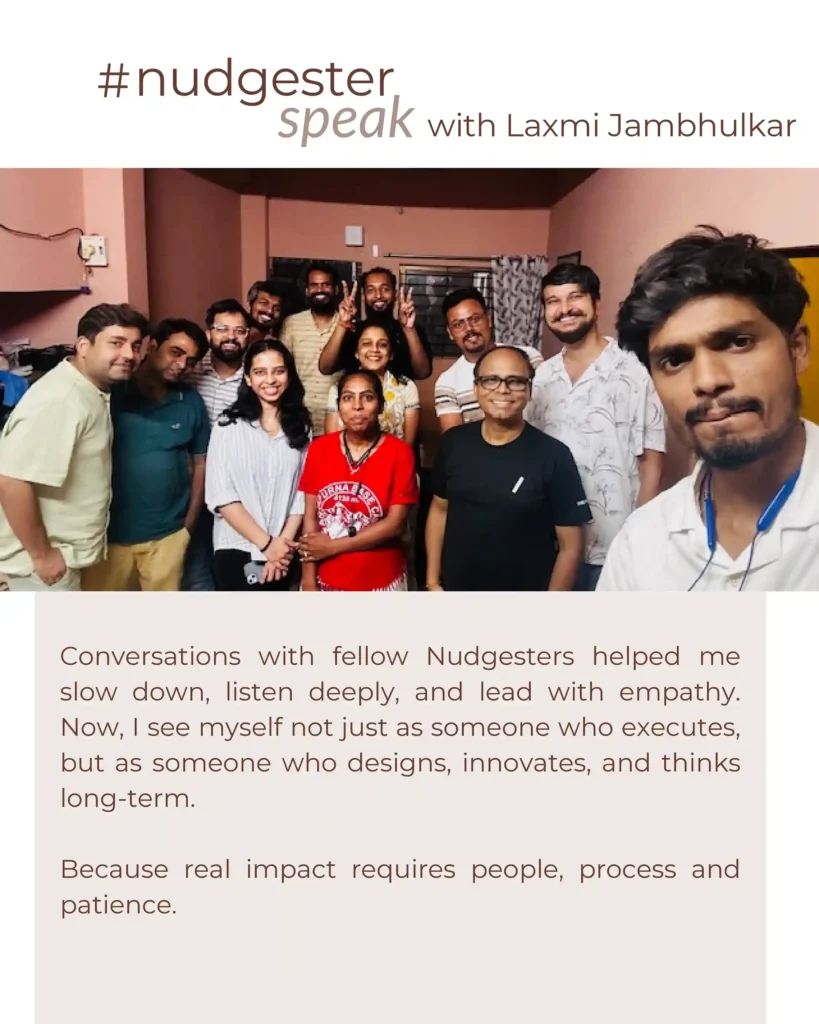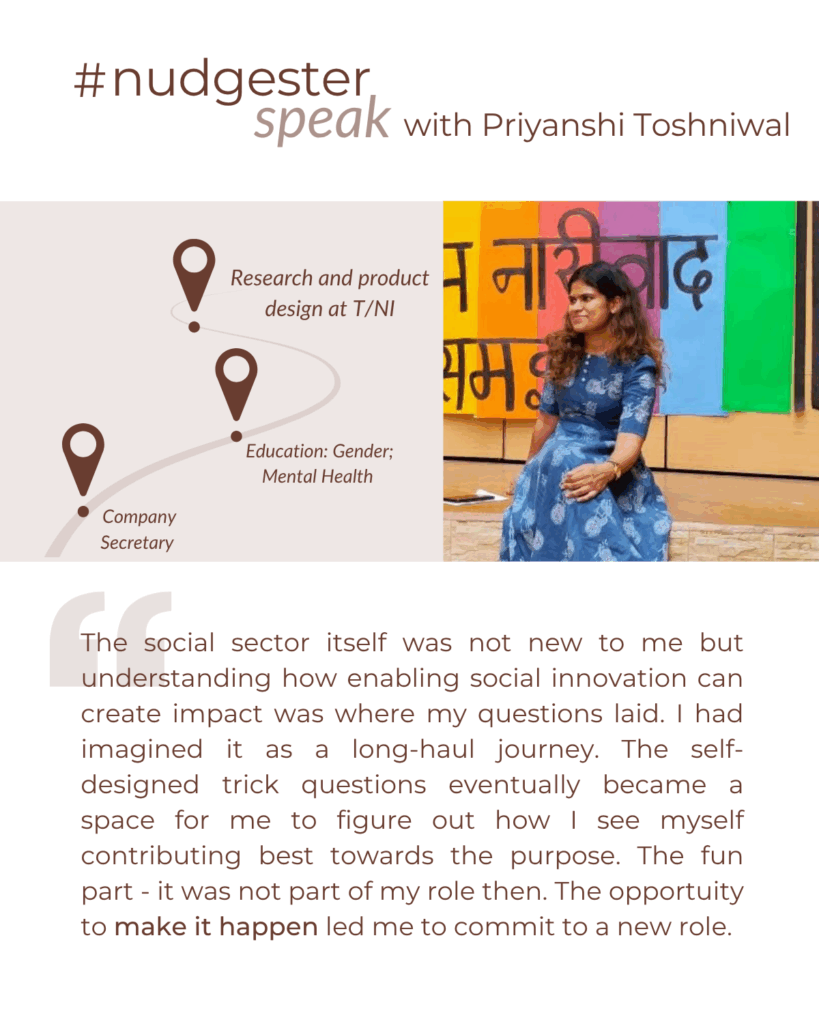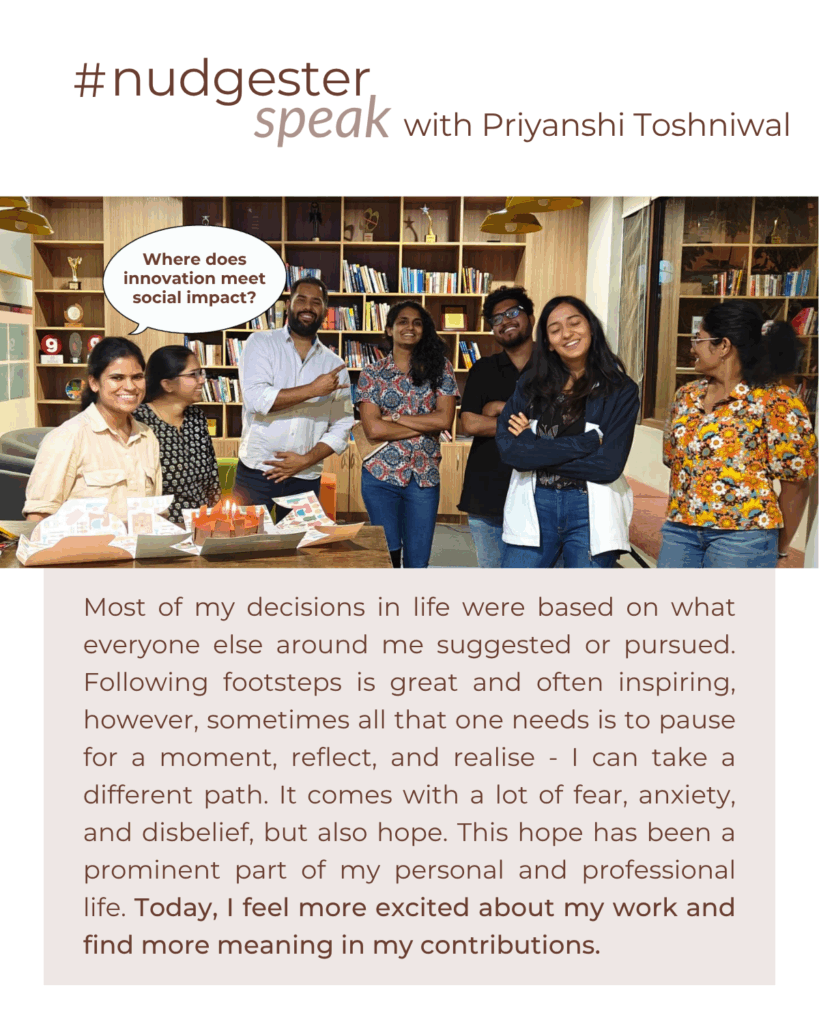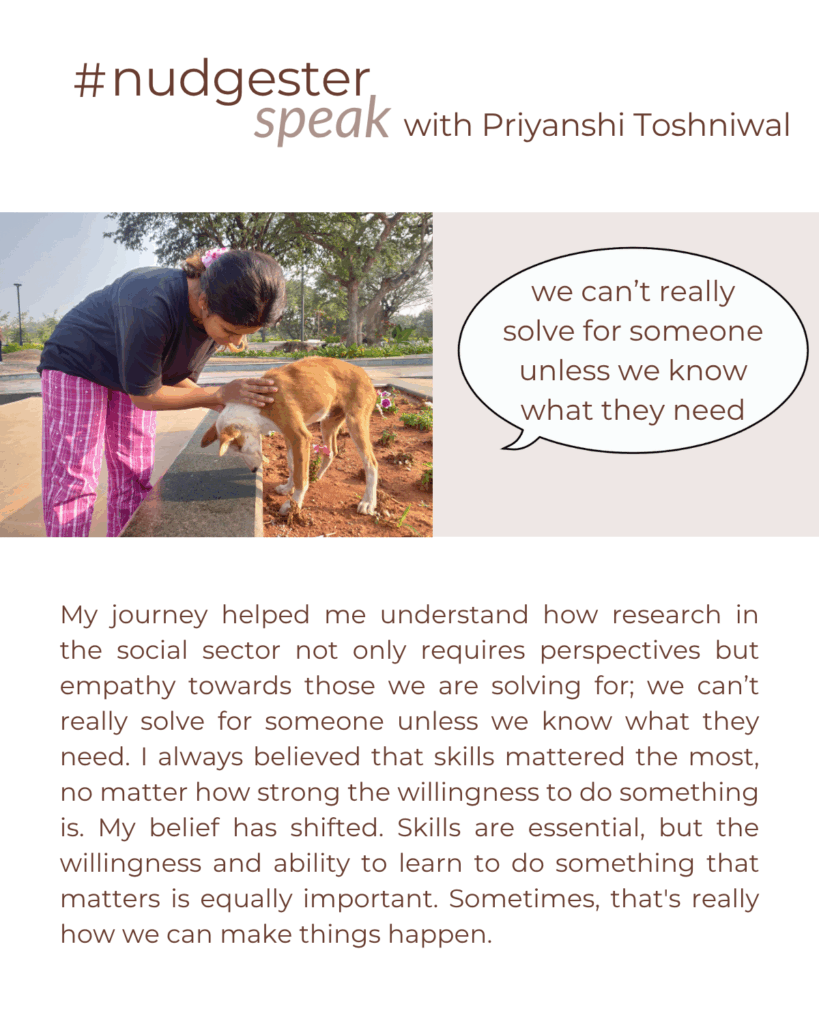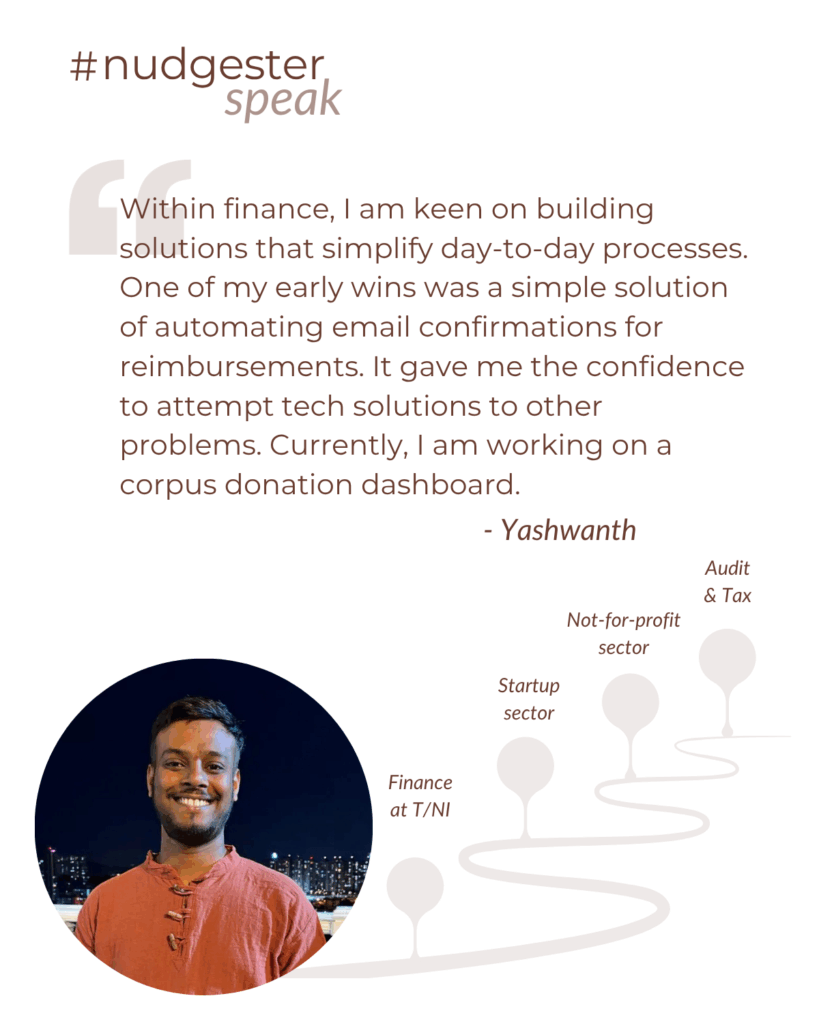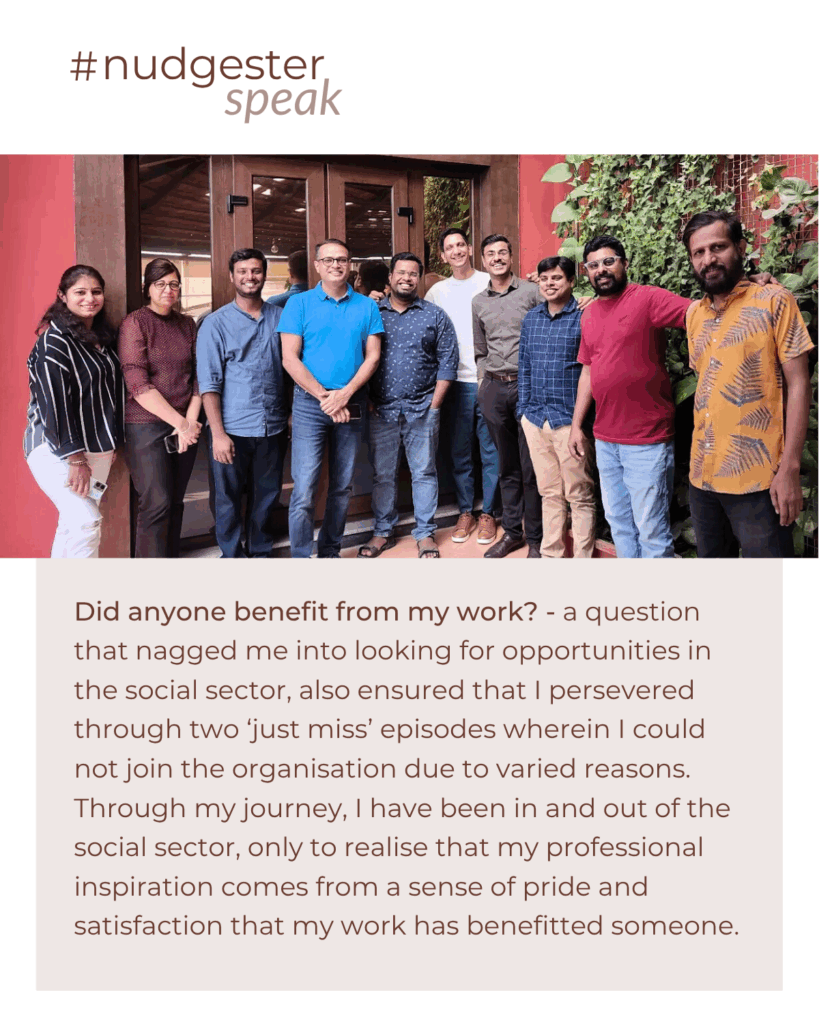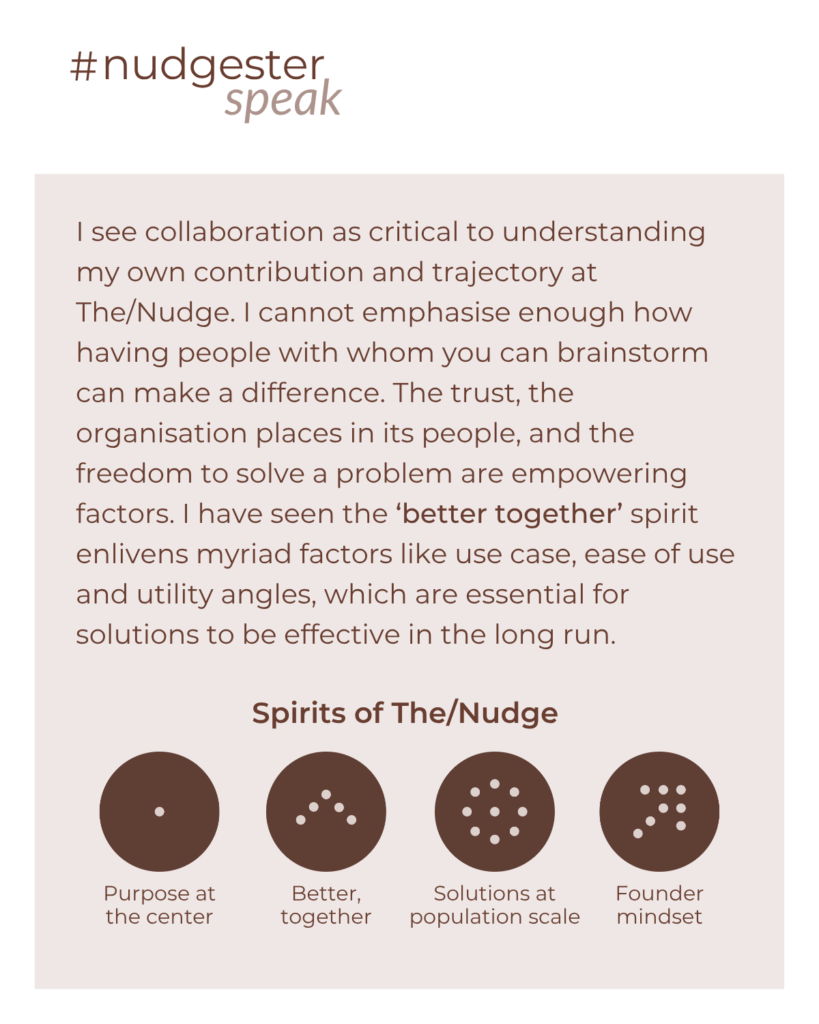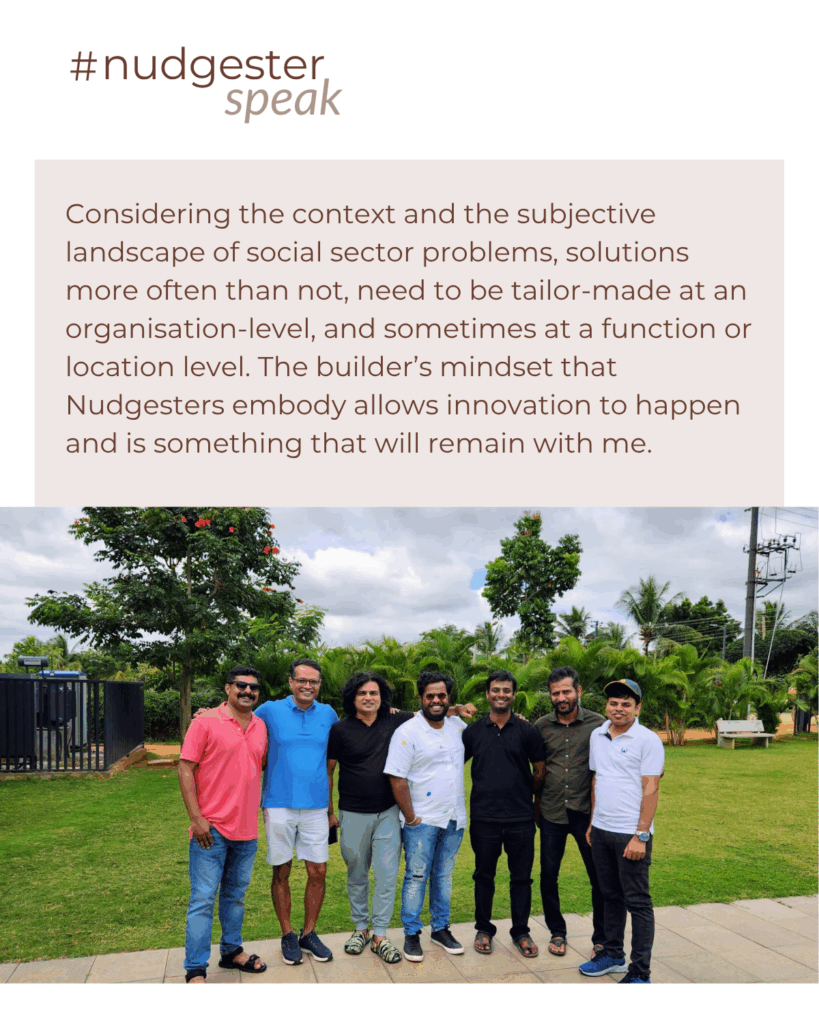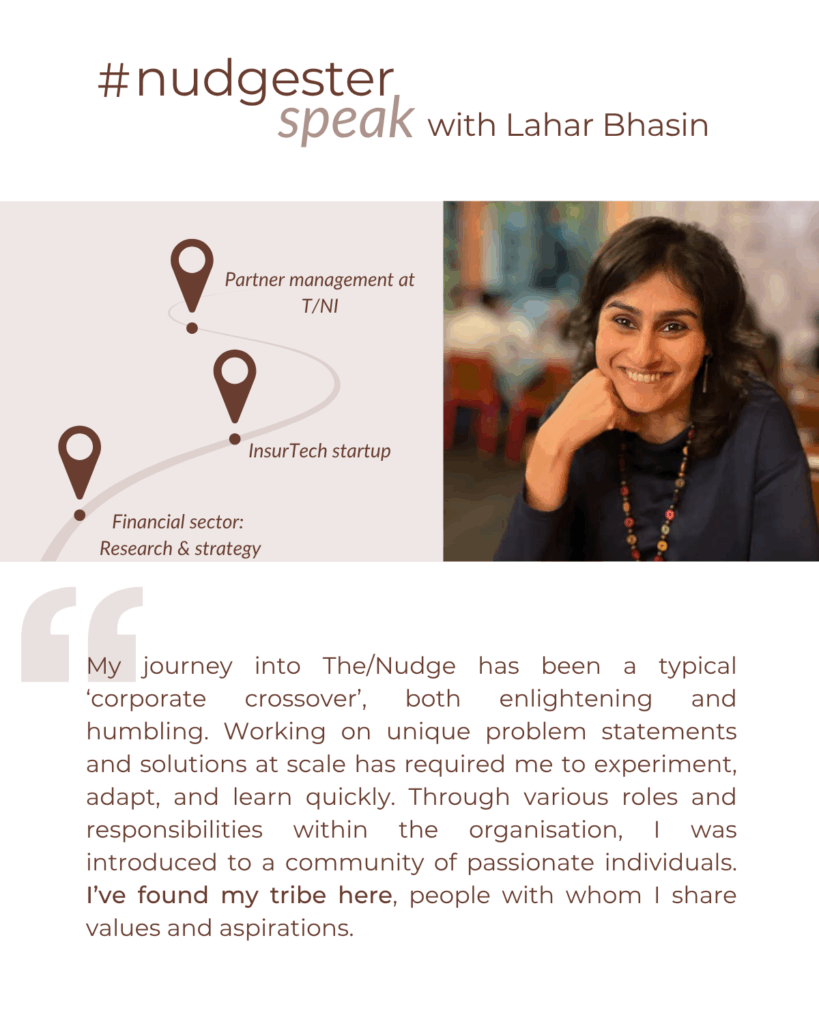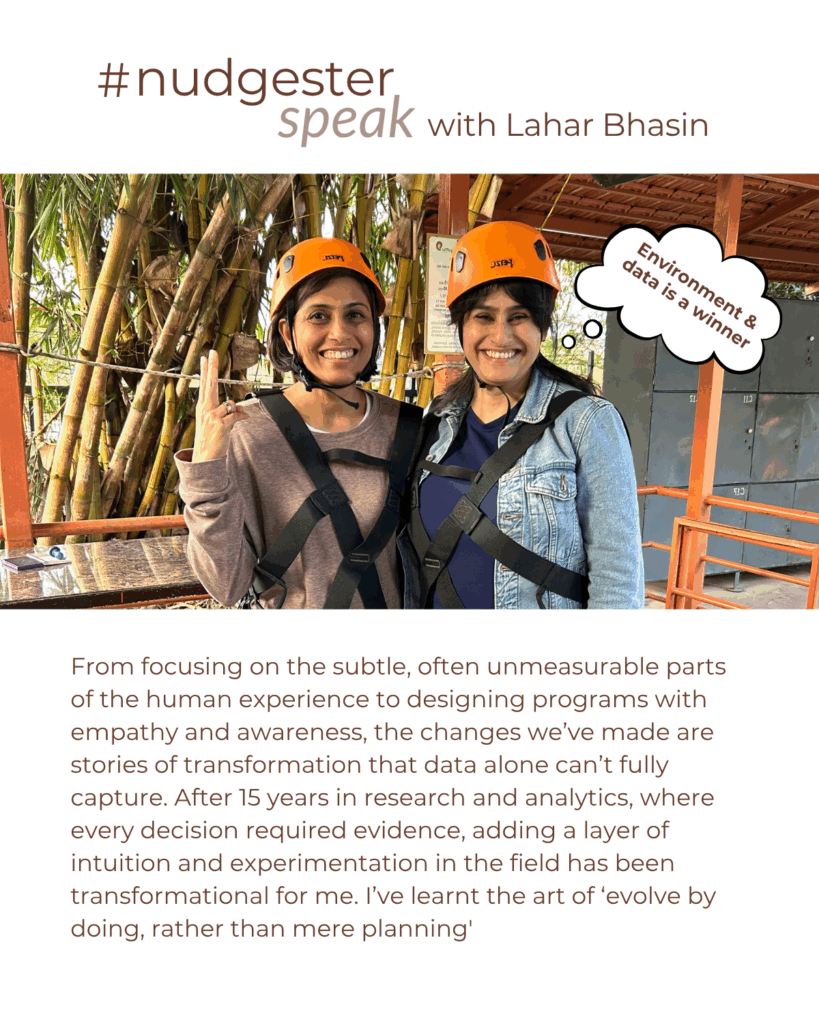For families living on the edge of poverty, financial security is often just out of reach—not for lack of effort, but for lack of opportunity. In Vadlipara village, Rajasthan, she and her family of seven lived on just INR 2,500 per month, with a debt of INR 1 lakh. With limited options, the path ahead was a constant balancing act between immediate needs and long-term uncertainty.
That changed when Kanta Didi took a bold step—investing INR 15,000 from her first Livelihood Support Grant (LSG) in goatery, as part of the Economic Inclusion Program (EIP). A few months later, her herd had grown to four, valued at INR 35,000. Another investment of INR 5,000 in agriculture allowed her to diversify her income, bringing in INR 10,495. These choices gave her not just financial returns, but a sense of control over her future.
In the Economic Inclusion Program model, program participants are supported in planning two livelihood sources of income. These livelihood supports are tailor-made, focused on the specific needs and capacities of women within the household, and to help them enable their income security.
The combination ensures that families don’t just earn, but build a safety net against financial shocks. Throughout the process, Community Development Officers (CDOs) provide intense hand-holding and guidance, ensuring each participant has the knowledge and resources to build themselves a sustainable livelihood.
Today, Kanta Didi is looking ahead. She aspires to expand her farming efforts, increase her landholdings, and invest in her children’s education—turning small steps into sustained progress. Her journey is one of many proving that the right support, at the right time, can create lasting change.

